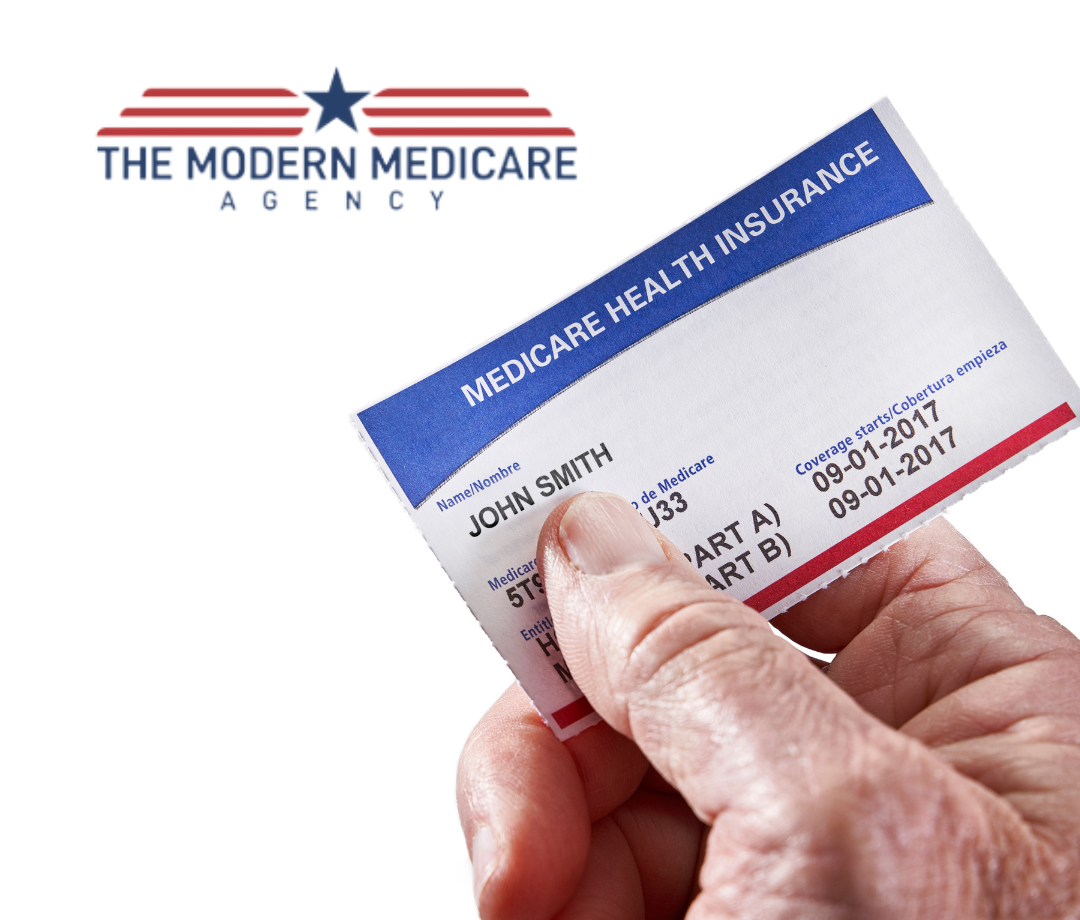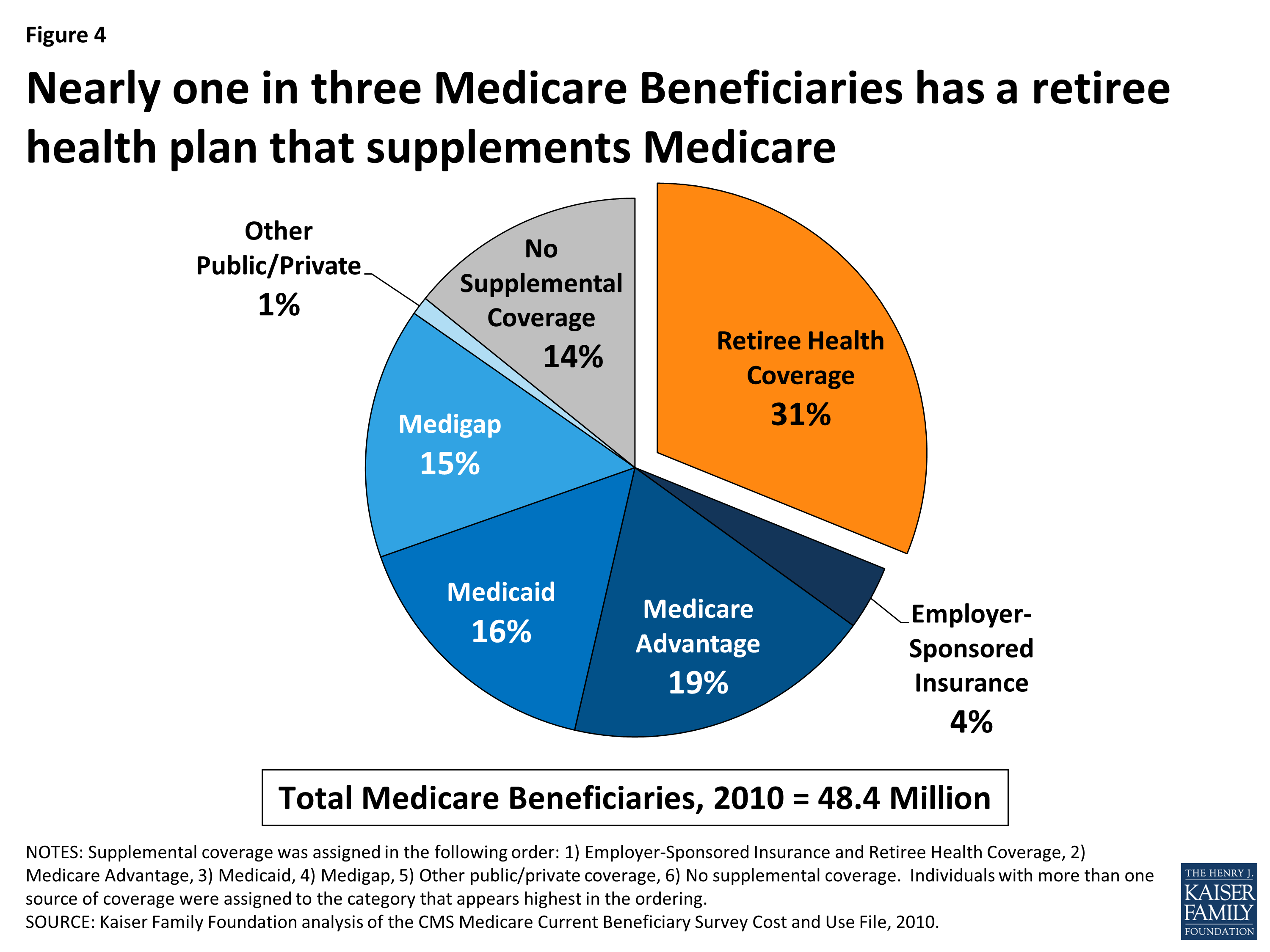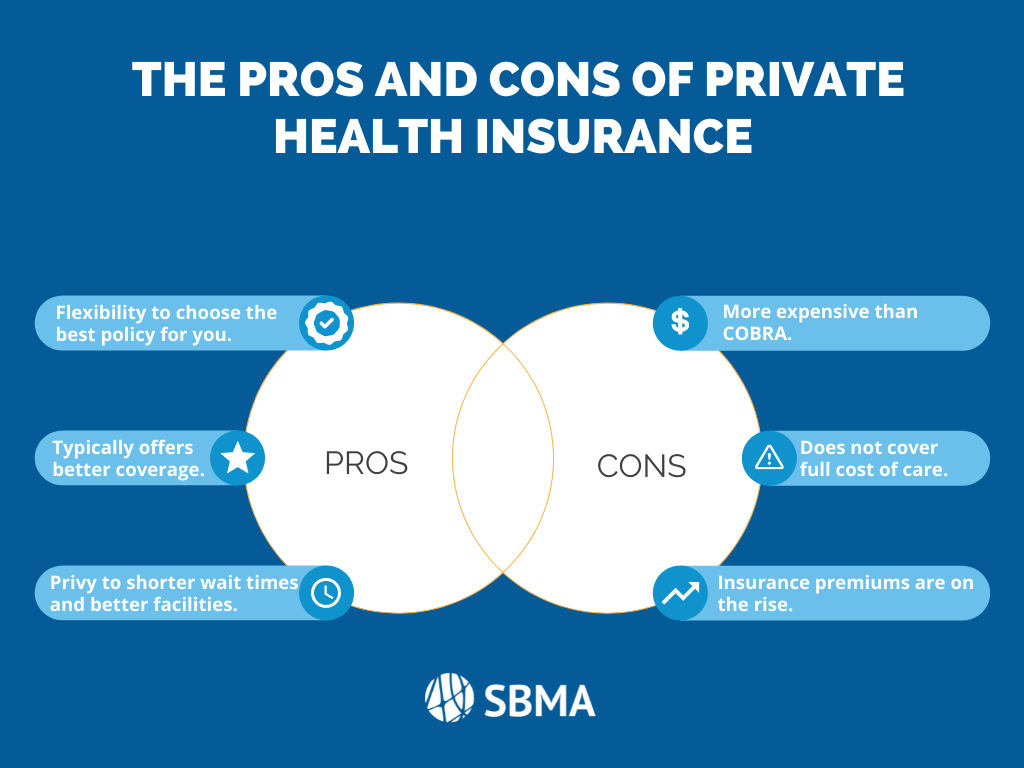A Biased View of Medicare Advantage Agent
Table of ContentsFacts About Medicare Advantage Agent RevealedSome Known Factual Statements About Medicare Advantage Agent The Single Strategy To Use For Medicare Advantage Agent


follows from complies with the relatively young age profile of the uninsured with without insurance better healthFar better wellness average, standard younger personsMore youthful For those without access to workplace health insurance, poor wellness is a possible barrier to purchasing nongroup insurance coverage since such insurance coverage might be very valued, leave out preexisting conditions, or be merely inaccessible. Unless otherwise kept in mind, national quotes of people without health and wellness insurance coverage and proportions of the populace with different kinds of coverage are based on the CPS, the most commonly utilized source of estimates of insurance policy coverage and uninsurance prices.

Little Known Facts About Medicare Advantage Agent.
The relationship in between wellness insurance policy and accessibility to care is well established, as documented later in this phase. The relationship in between health insurance and health outcomes is neither straight neither easy, a comprehensive clinical and wellness services research study literature links health insurance protection
to improved better accessibility care, better far betterTop quality and improved enhanced and population populace wellness. The second record, on individual health end results for uninsured adults, is stood for by the innermost circle of the number, while the 3rd record, on household well-being, includes the subjects of the second record however highlights a different system of analysis, particularly, the family.
Additionally, it concentrates specifically on those without any kind of wellness insurance for any type of size of time. The issues dealt with by the underinsured remain in some aspects similar to those dealt with by the uninsured, although they are typically less extreme. Uninsurance and underinsurance, nevertheless, involve noticeably different plan problems, and the approaches for resolving them may differ. Throughout this study and the 5 reports to adhere to, the main focus is on persons without medical insurance and hence no support in paying for wellness treatment past what is offered via charity and safety web institutions. Medical insurance is an effective variable influencing receipt of care because both clients and physicians react to the out-of-pocket price of solutions. Health and wellness insurance, however, is neither necessary neither sufficient to get to medical services. The independent and direct impact of wellness
insurance coverage on access accessibility health health and wellness is well establishedDeveloped Others will acquire the healthcare they need even without health insurance coverage, by paying for it out of pocket or seeking it from service providers who offer care cost-free or at extremely subsidized rates. For still others, wellness insurance coverage alone does not make certain invoice of treatment due to other nonfinancial barriers, such as a lack of healthcare companies in their community, minimal access to transportation, illiteracy, or etymological and social distinctions. Formal research about uninsured populations in the United States dates to the late 1920s and early 1930s when the Board on the Price of Treatment created a series of reports regarding financing medical professional workplace gos to and hospital stays. This issue ended up being prominent as the varieties of medically indigent climbed up during the Great Depression. Empirical studies consistently support the link between access to care and boosted health outcomes(Bindman et al., 1995; Starfield, 1995 ). Having a routine source of treatment can be additional resources considered a forecaster of accessibility, as opposed to a straight step of it, when health end results are themselves made use of as access indicators. This expansion of the idea of gain access to dimension was made by the IOM Board on Keeping Track Of Access to Personal Healthcare Solutions(Millman, 1993, p. Whether or not parents are guaranteed appears to influence whether or not their kids receive treatment in addition to exactly how much careeven if the kids themselves have protection(Hanson, 1998). The click here for info wellness of moms and dads can affect their ability to care for their youngsters and the level of family tension. Fretting about their kids's access to care is itself a source of stress for moms and dads. Three chapters adhere to in this record. Chapter 2 provides a review of exactly how employment-based health insurance, public programs and private insurance coverage policies run and communicate to supply comprehensive but insufficient protection of the U.S. populace. This includes a testimonial of Website historical fads and public laws affecting both public and exclusive insurance coverage, a conversation of the interactions among the various sorts of insurance policy, and an assessment of why individuals relocate from one program to another or finish up
